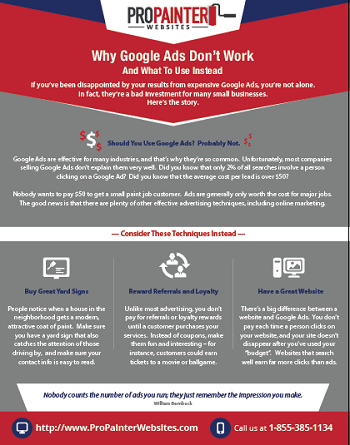Explore The Duty Of Seasonal Factors In The Success Of Business External Painting And Reveal The Most Effective Times To Safeguard Enduring Results For Your Task
Explore The Duty Of Seasonal Factors In The Success Of Business External Painting And Reveal The Most Effective Times To Safeguard Enduring Results For Your Task
Blog Article
Created By- inside house painters
When you're intending a commercial outside painting project, seasonal elements can make or damage your results. You'll wish to think about just how temperature level and moisture effect paint application and drying out times. Choosing the best season can ensure your paint sticks appropriately and lasts longer. However which periods are genuinely the very best for this sort of work? Allow's discover the crucial elements that can impact your project's success.
The Influence of Temperature on Paint Application
When you're preparing a commercial external paint task, the temperature level can dramatically affect just how well the paint sticks and dries out.
Ideally, Suggested Studying intend to repaint when temperatures range in between 50 ° F and 85 ° F. If it's too cold, the paint may not cure correctly, resulting in concerns like peeling off or splitting.
On the flip side, if it's too warm, the paint can dry too swiftly, avoiding proper adhesion and resulting in an uneven coating.
You should also consider the moment of day; early morning or late afternoon uses cooler temperature levels, which can be more favorable.
Constantly check the supplier's recommendations for the certain paint you're making use of, as they typically provide support on the optimal temperature variety for optimal outcomes.
Moisture and Its Result on Drying Times
Temperature isn't the only ecological factor that affects your commercial exterior paint project; moisture plays a considerable role also. High moisture degrees can reduce drying times substantially, influencing the overall top quality of your paint task.
When the air is filled with wetness, the paint takes longer to cure, which can lead to issues like bad attachment and a higher threat of mildew growth. If you're repainting on an especially humid day, be planned for extensive delay times between coats.
It's critical to keep track of regional weather and plan appropriately. Ideally, aim for moisture degrees between 40% and 70% for optimal drying out.
Keeping these factors in mind ensures your job remains on track and provides a lasting surface.
Best Seasons for Commercial Outside Paint Projects
What's the very best season for your commercial exterior painting tasks?
Springtime and very early fall are generally your best choices. During these periods, temperature levels are light, and moisture degrees are commonly lower, producing ideal problems for paint application and drying out.
Prevent summer's intense heat, which can cause paint to completely dry too swiftly, bring about poor attachment and surface. Likewise, wintertime's chilly temperatures can prevent correct drying out and treating, risking the durability of your paint task.
Go for days with temperature levels in between 50 ° F and 85 ° F for ideal results. Remember to examine the neighborhood weather forecast for rainfall, as damp problems can spoil your task.
Preparation around these elements ensures your painting project runs efficiently and lasts longer.
Final thought
In conclusion, planning your industrial exterior painting jobs around seasonal considerations can make a significant distinction in the outcome. By organizing work during the excellent temperatures and humidity levels, you'll guarantee far better attachment and drying out times. Remember to keep an eye on neighborhood weather prediction and select the right time of year-- springtime and early autumn are your best options. Taking these actions will help you attain a resilient and professional finish that lasts.
